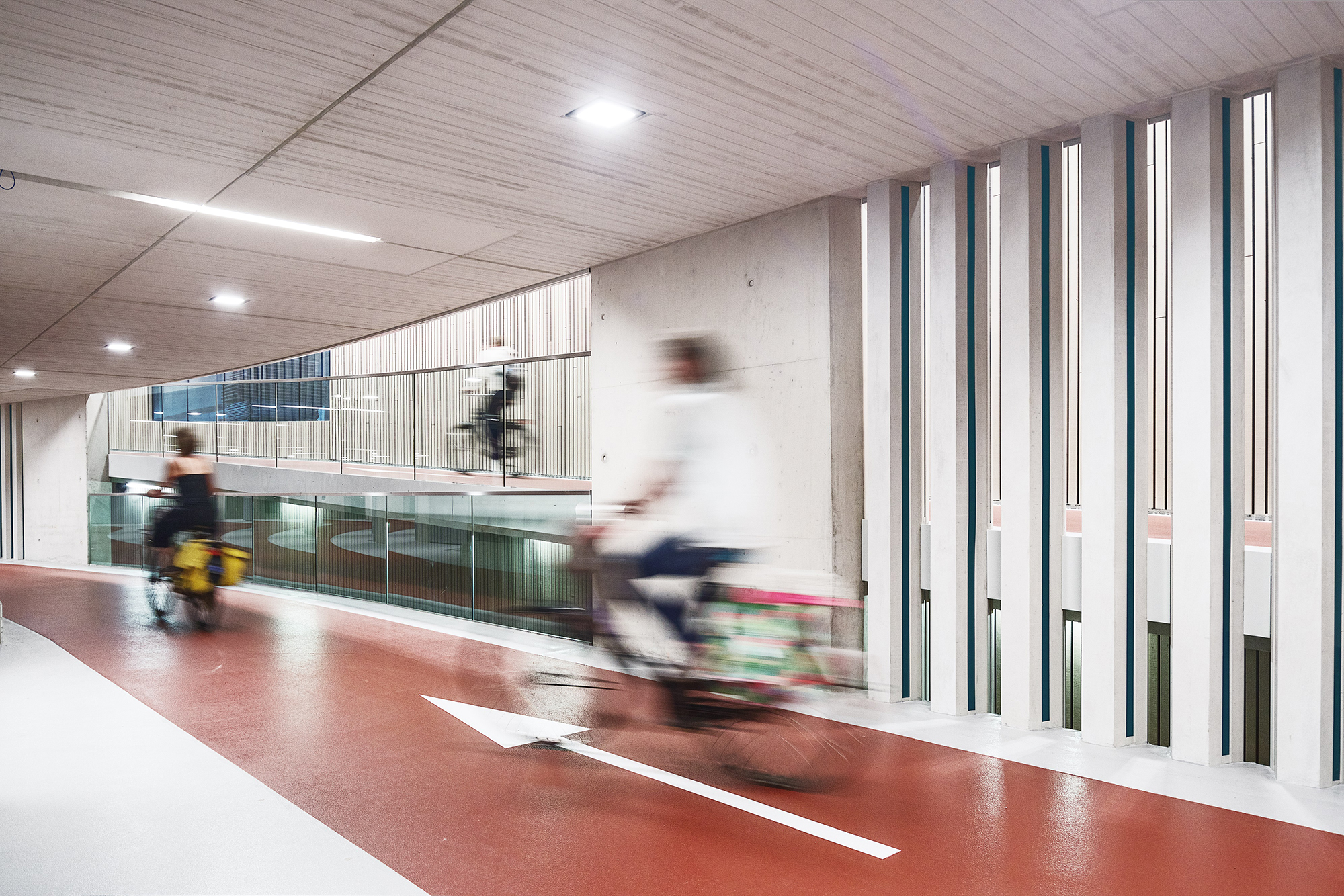Ride a Bike: Exhibition at the German Architecture Museum in Frankfurt

© Foto: Opterix, Johannes Kassenberg
Better bike riding, better city
Roads are highly emotional spaces. People honk their horns, gesture and curse wildly – whether drivers, cyclists or pedestrians. Vehicles fill the streets, cycle paths take up their space on the roads and sidewalks as well, and rental bikes from sundry providers spread out on the remaining bits of the pedestrian paths. Public space in increasingly densely populated cities is becoming scarce. This urgently needs to be renegotiated in order to make them more social, greener and worth living in. Bicycle mobility is a decisive key that brings together urban planning, landscape architecture and traffic planning, according to the curators Annette Becker, Stefanie Lampe and Lessano Negussie of “Ride a Bike! Take Back the City”, on display at the German Architecture Museum (DAM) in Frankfurt am Main until 2 September 2018.
The exhibition presents eight exemplary cities that pursue very different approaches in their development of bicycle-friendly mobility. One example is Oslo, which recently disposed of 800 car parking spaces in favour of cycle paths and is supporting the purchase of an e-bike with up to 1,000 euros. Or Portland: as early as the late 1980s, the city decided to strengthen bicycle mobility and tripled the size of its city-wide cycle path network. Today, Portland is considered the most bike-friendly city in the USA. In addition to the eight cities, the exhibition showcases 26 architectural projects that integrate cycling mobility.
The world’s largest bicycle parking garage, for example, was built by Ector Hoogstad in Utrecht. Not only does it offer parking space for 13,000 bicycles, but also the special experience of experiencing architecture by bike. In Malmö, Hauschild + Siegel Architecture convinced the community to build a house geared towards cyclists: the Ohboy apartment building and hotel. The eight-storey edifice makes it easy to ride your bike right up to the door of your dwelling, even with a fully-packed trailer in tow. Ohboy and the many other fascinating projects in the exhibition offer compelling alternatives for urban space going well beyond the typical car-friendly city.















